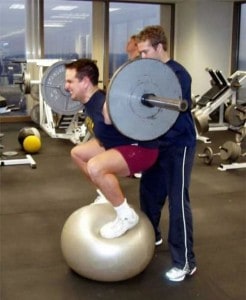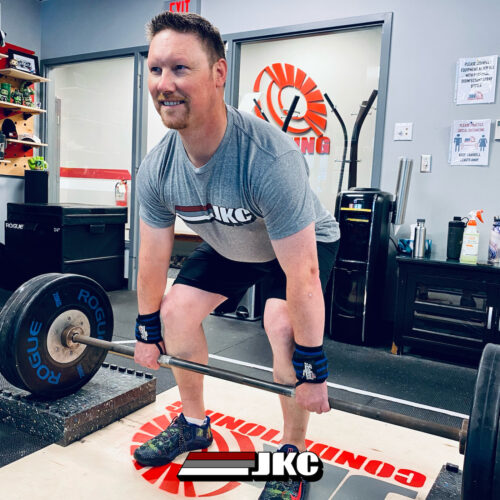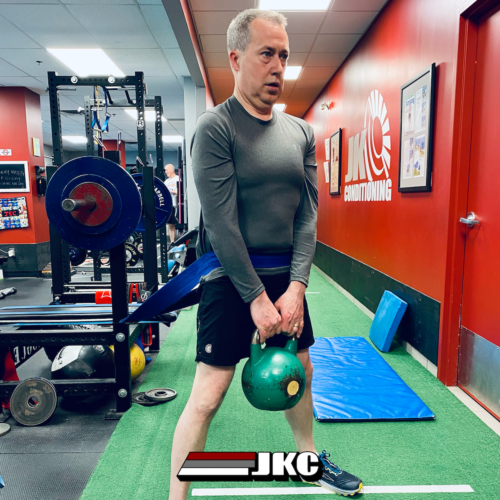 Unstable surface training has become a common sight in the strength and conditioning realm. With the popular concept of core stability, you see more and more runners training on exercise balls, Bosu balance trainers and balance discs. Runners often mistakenly believe that this type of training will incorporate greater core activation while simultaneously developing strength. Unstable-surface training has been used successfully to rehabilitate injuries, such as the common ankle sprain, but does this type of training also benefit the healthy runner?
Unstable surface training has become a common sight in the strength and conditioning realm. With the popular concept of core stability, you see more and more runners training on exercise balls, Bosu balance trainers and balance discs. Runners often mistakenly believe that this type of training will incorporate greater core activation while simultaneously developing strength. Unstable-surface training has been used successfully to rehabilitate injuries, such as the common ankle sprain, but does this type of training also benefit the healthy runner?
Stable vs. Unstable
Runners who strength train using a combination of resistance training, core stability exercises and plyometrics (jumps) have shown improvements in running economy, race performance and a reduced injury risk.
But not all exercises are equal. Free weight exercises performed on a stable surface rather than an unstable one appear to be more transferable to athletic performance, as trunk activation in stability ball exercises may not provide enough stimulus to increase muscular strength. One study found that after six weeks of stability ball training, subjects’ core stability improved, but running performance – as measured by V02 Max, velocity at V02 Max and running economy – showed no statistically significant changes. Other studies have shown that leg exercises performed on unstable surfaces lead to a reduction in force output, rate of force development and range of motion. In terms of stimulating strength gains, there doesn’t seem to be a benefit for a healthy runner to perform resistance exercises on unstable surfaces.
When to Wobble
If you’re suffering a lower limb injury, strength training on an unstable surface can help. But if you’re healthy, focus primarily on free weight exercises and plyometric drills to develop strength, power and core stability. To further reduce injury risk, add in balance board exercises to your existing strength-training program, but the focus should be on stable-surface multi-joint exercises that work multiple muscle groups. You can challenge core stability by holding one dumbbell on your shoulder instead of holding two to at your sides while you lunge.
To read the rest of the article, please go to Canadian Running HERE.








































